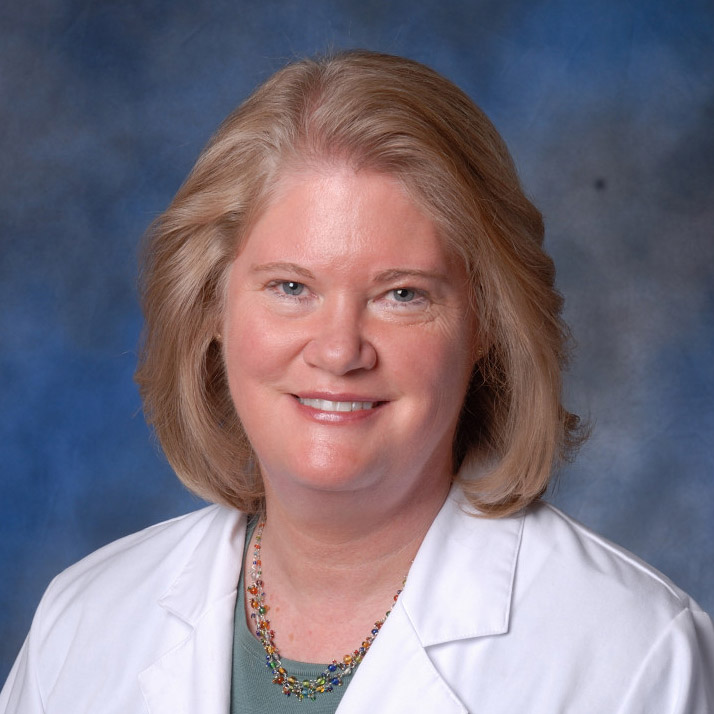 Marla Ahlgrimm has impacted hundreds of thousands of women’s lives with her work in hormone replacement therapy. One area where HRT has made such an impact is in bone health, particularly in postmenopausal women, who are at a greater risk of osteoporosis. She says that, unfortunately, many people do not fully understand their bones, which may contribute to the fact that more than 8 million American women have osteoporosis.
Marla Ahlgrimm has impacted hundreds of thousands of women’s lives with her work in hormone replacement therapy. One area where HRT has made such an impact is in bone health, particularly in postmenopausal women, who are at a greater risk of osteoporosis. She says that, unfortunately, many people do not fully understand their bones, which may contribute to the fact that more than 8 million American women have osteoporosis.
With this in mind, Marla Ahlgrimm presents a few common myths about the bone.
Myth: Osteoporosis is only for older women. I don’t need to worry.
Absolutely untrue, says Marla Ahlgrimm. To date, around 54 million Americans – 20 percent of these men – have low bone density. Although children and teenagers are usually not diagnosed, what kids do during these years can affect their risk later on. Most doctors recommend being physically active throughout the toddler to teen years, and then continuing to live a healthy lifestyle into adulthood.
Myth: Osteoporosis is not a serious disease.
While it’s true that osteoporosis in itself is not fatal, Marla Ahlgrimm stresses that it is a serious condition. Broken bones are painful, and, when unable to heal correctly, can cause lifelong discomfort. This can take a toll on a person’s physical and mental health throughout their lifetime.
Myth: I can just take calcium supplements and drink lots of milk.
Again, this is not true. While calcium is crucial to bone health, there are many factors that contribute to a person’s risk of osteoporosis. Age, underlying medical conditions, and even ethnicity all play a part.
Myth: I’ll know if my bones begin to weaken.
Wrong again. According to Marla Ahlgrimm, there is a reason that osteoporosis is considered a silent disease. For many women, a trip to the ER with a broken bone is the first indication that there is a problem. Even more alarmingly, some women find out they have the disease during a routine physical after realizing they are shorter than before. This can occur from undiagnosed and untreated broken bones in the spine.













 Marla Ahlgrimm has co-authored two ground-breaking books,
Marla Ahlgrimm has co-authored two ground-breaking books,